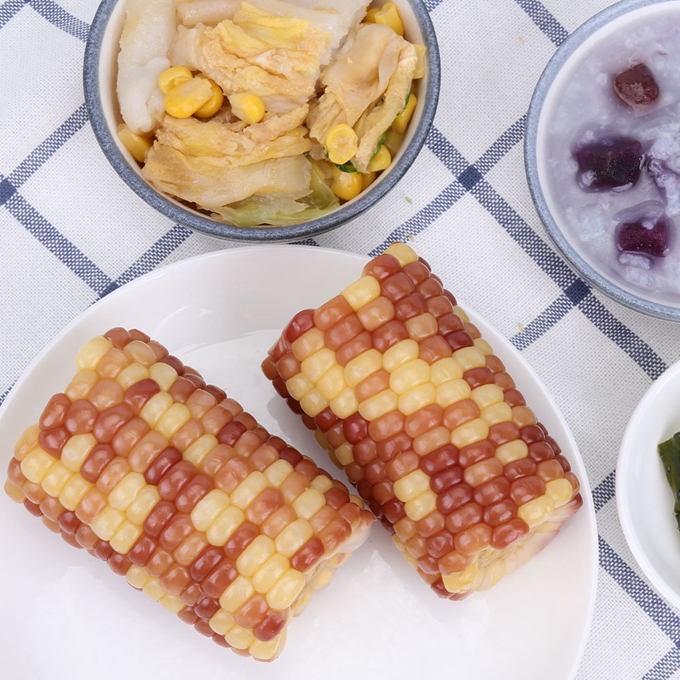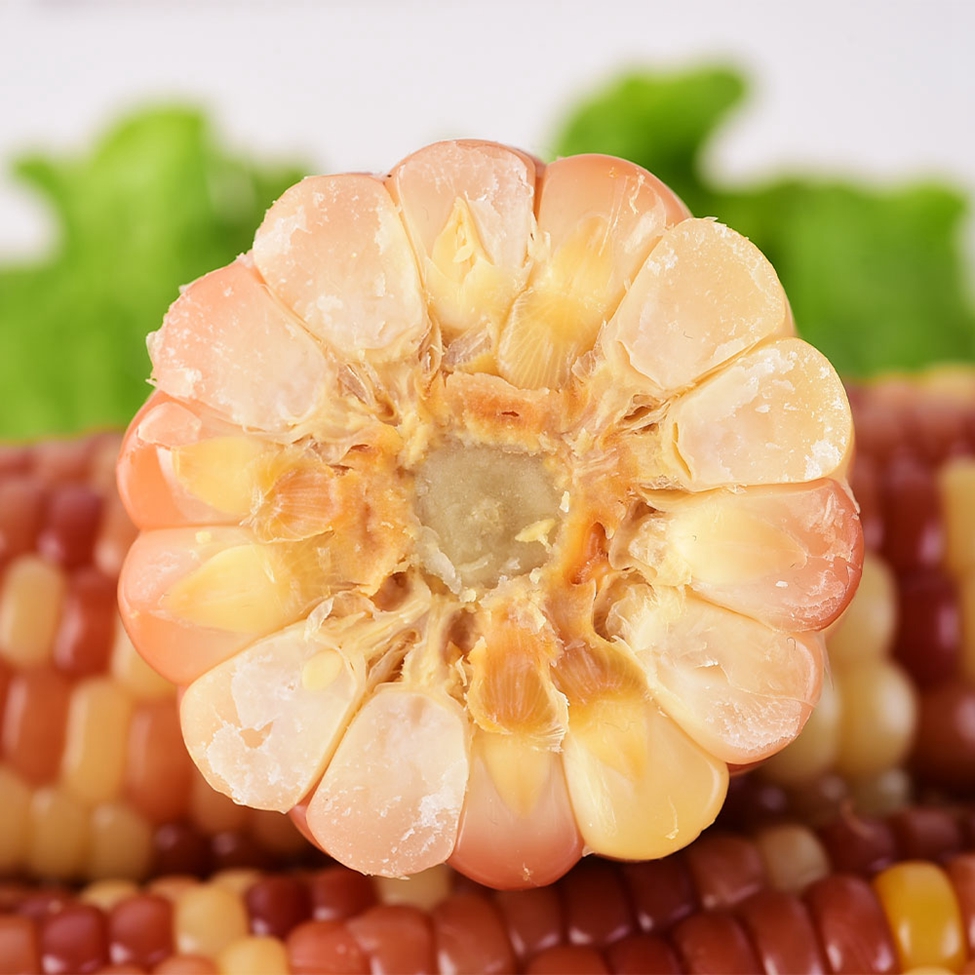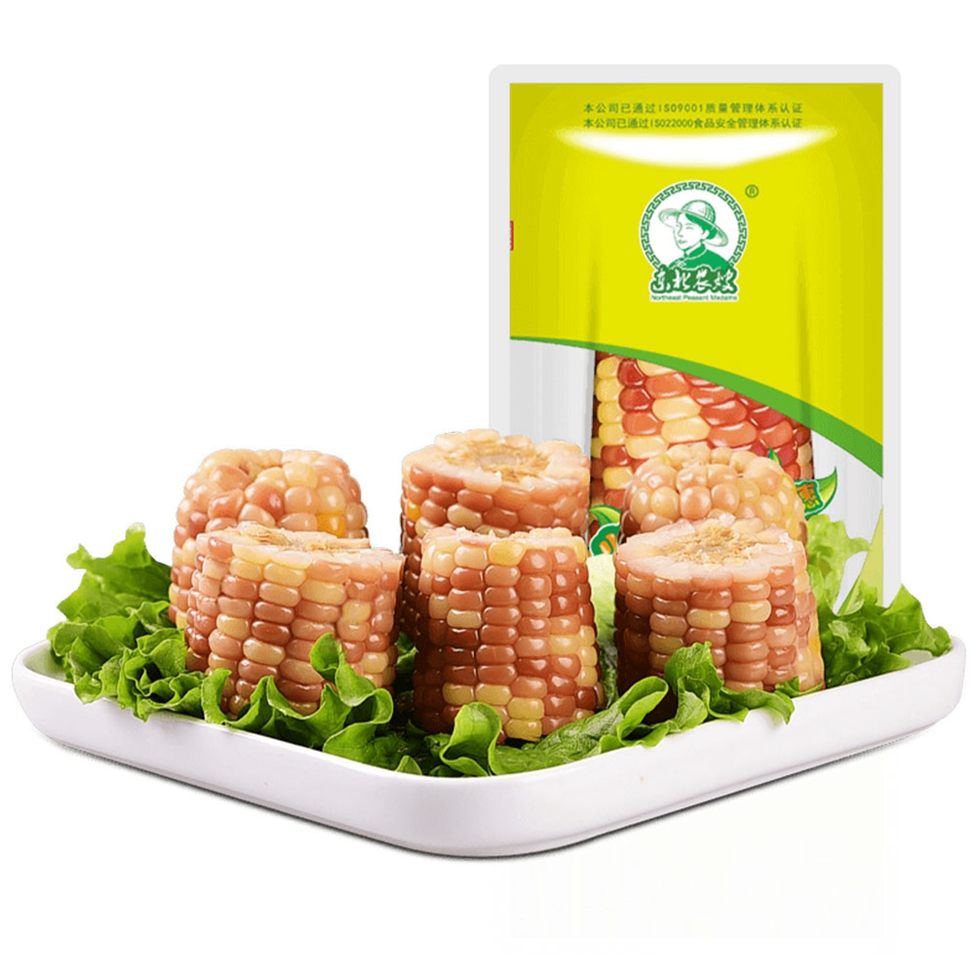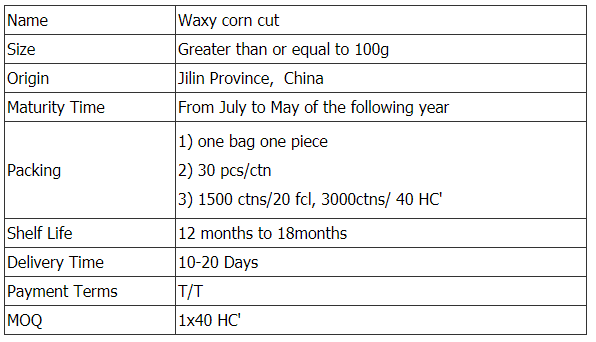Morphological characteristics
Bashutian comes from the "Shen Nong Ben Cao Jing."
Morinda shrubs. The root meat is hypertrophic, cylindrical, irregularly and intermittently expanded, showing rosary-like. The stems have thin vertical stripes and are brownish-brown when young. Leaves opposite; petiole 4-8mm long, with brown hirsute hairs; leaf blade oblong, 3-13cm long, 1.5-5cm wide, apex shortly acuminate, base obtuse or rounded, entire, above dark green, often tender Dusky, with a short sparse balance; when the old slippery hairless, the following along the midrib is short thick hair, leaf margins with short eyelashes, lateral veins 6-7 pairs; stipules membranous, sheath-like. Inflorescence headlike, with 2-10 flowers, pedunculate at the apical end of the branch or thermal power plant into umbels; pedicels 3–10mm in length, stained with short yellowish coarse hairs; flowers calyx conical, apex with irregular scallops; corolla White, fleshy, up to 7mm, corolla tube contraction of the throat, close dense inner short hair, most of the 3 deep crack, less 14 crack; stamen and flower lobes the same number. Born in corolla tube near base, filaments short; ovary inferior, 4-celled, style slender, 2-parted, concealed in corolla. Drupe nearly spherical, diameter 6-11mm, red when cooked. There are 4 seeds in the small nucleus, nearly ovate or obovate, with a dorsal bulge on the side, flattened on the side, and white pubescent. Flowering season from April to July.
Climbing, winding, or lying on the vines; twigs densely short-brown, old branches brown or slightly purple-blue, with fine ribs. The shape of leaf is changeable, and the leaves in the dry and bare land are obovate, with large and small type II leaves, and the leaves with barely shade and bare land are linearly inverted or lanceolate; the leaves climbing on the shrubs are inverted. Ovary oblanceolate, oblanceolate, obovate-oblong, 2-5(-7) cm long, 0.3-3 cm wide, apically acute, acuminate or mucronulate, base cuneate, The margins are full or marginate, slightly cristally overlying at the beginning, sparsely coarsely shag-like (brine hairs) or glabrous after midvein, midvein often covered with granular short hairs, pubescent below, pubescent later, glabrous later, midvein Usually short bristles; lateral veins not visible above, apparently below, 3-4(-6) per side, veins hairy; petiole 3-8 mm long, shortly coarsely hairy; stipules tube, dry film Quality, 2-4 mm long, apically truncated, often with bristle-like protrusions 1-2 on each side, inflorescence (2-)3-9-umbellate arranged at branches; peduncle 0.6-2.5 cm long, short Fine hairs, base usually with 1 or 1 sepals, subulate or linear; head capitate subglobose or slightly conical, rarely cylindrical, 5-8 mm in diam., with flowers 3-15(-17)-flowers 4- 5 cardinal, without pedicel; flowers in lower part of calyx connate with each other Upper ring, top truncated, often with 1-3 needles or dentate teeth, sometimes without teeth, abaxially often with hairy or rhinophyte bracts 1; corolla white, 6-7 mm long, tube ca. 2 mm , 2-3 mm in diameter, slightly 4-5 prismatic, ribbed with crevices, slightly narrowed at the top, glabrous at inside, 4-5 clefts in loin, lobes oblong, apically prolapsed and introrse at top Folding, densely sericeous below midline to throat; staminal as many as corolla lobes, lateral to base of lobes, anthers oblong, 1.5-2 mm long, exserted, filaments 1.8--3 mm long; style outside Stretched, stigma oblong, bifid, externally reflexed, or absent, stigma conic, bifid or not dehiscent, directly borne on ovary roof or its sulcus, ovary lower part connate with calyx, 2-4 Room, 1 ovule per locule; ovule prolate, rounded, base of ovary septate. Polykaryon drupes nearly spherical, 6-10(-15) mm in diam., orange-red to orange-yellow when ripe; stone fruit with nucleus 2-4; nucleus triangular, laterally arched, with 1 seed. The seeds are homomorphic to the subnuclear, horny, and hairless. Flowering from April to June, fruiting from July to August.
Color waxy corn is generally white, yellow, red, purple and black, white, yellow and purple corn is the basic color. The purple gene in a purple/white hybrid will naturally become purple if it "beats" the white gene, and vice versa, if it's a tie, what we see is a white/purple corn. Purple can turn into red corn and black corn, which is often called "red is purple, black is purple."




Mottled Corn Cut,Non Gmo Corn Cob,Mottled Waxy Corn Cut,Non Gmo Corn Cob Cut
Jilin Province Argricultural Sister-in-law Food Co., Ltd. , https://www.nscorn.com